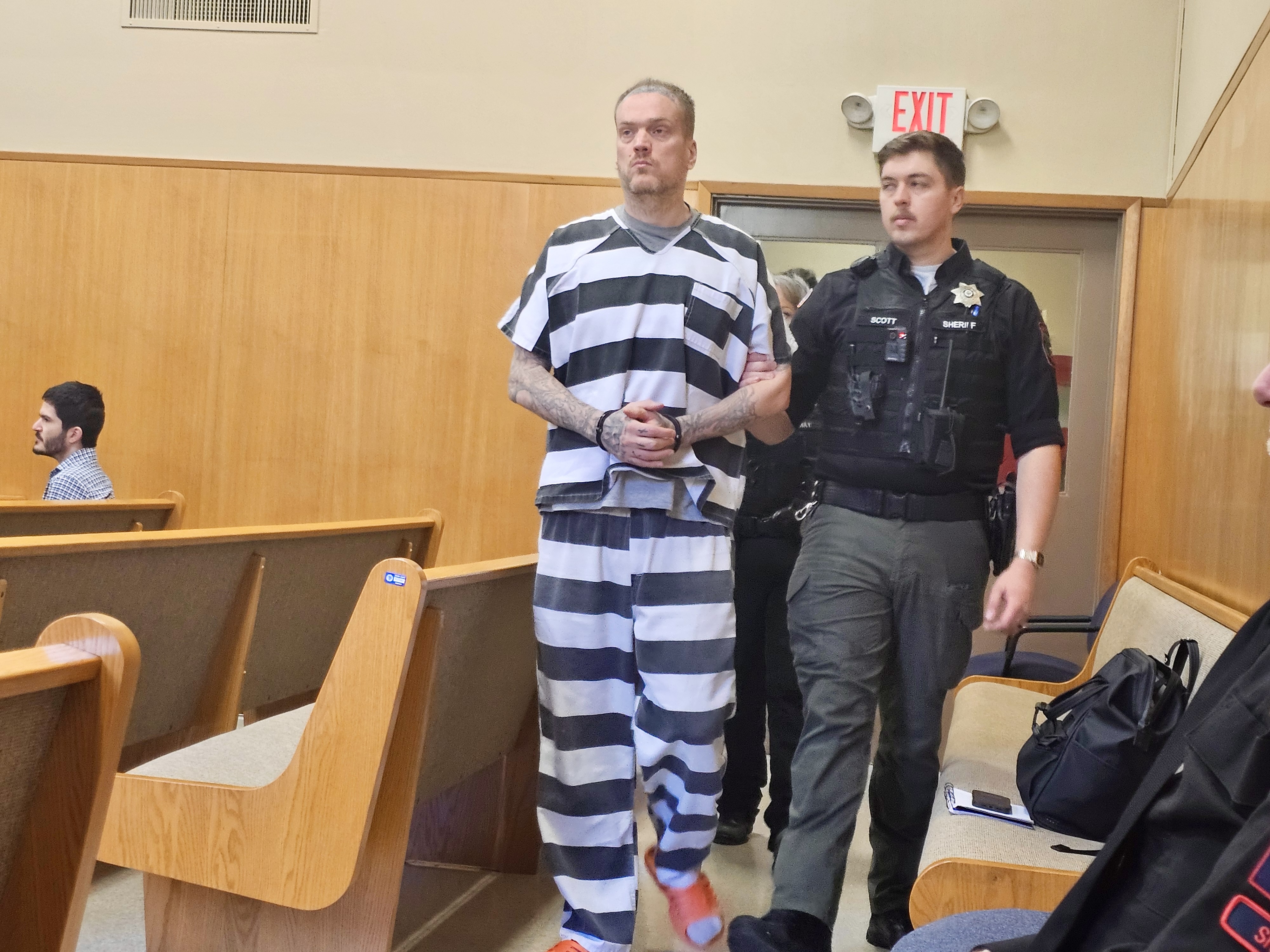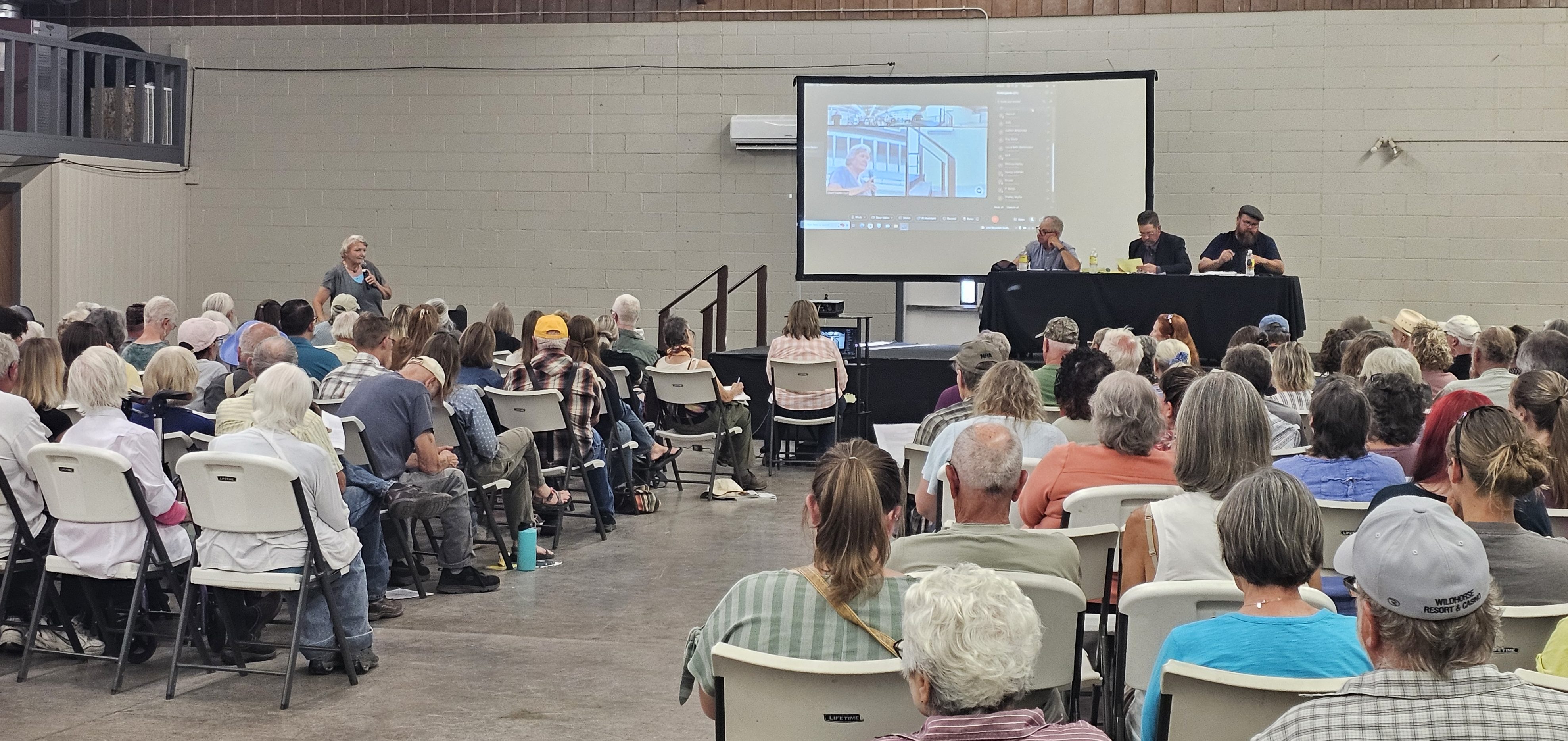Letter: Approach coordination responsibly
Published 10:31 am Tuesday, August 27, 2019
To the Editor:
Trending
The Grant County Court approved Ordinance 2019-07 last week. Legally, the ordinance is unnecessary. It’s also confused — for example, about the need to have a Natural Resource Committee or invoke coordination. Still, I support it because, surprisingly, it explicitly recognizes Forest Service and BLM authority to regulate and manage federal public lands within Grant County.
This has two consequences. One is that Ordinance 2019-07 renders other county laws like Measure 10, 12-38, 12-37 (UN Free!) and Ordinance 2013-01 — which challenge such Congressionally-delegated authority — null and void, legally speaking. The other is that it obligates court members to pursue their coordination responsibilities in good faith as responsible partners. The ordinance thus serves as an important corrective to the unproductive and sometimes adversarial position that has characterized county government since 2013.
36 CFR § 219.4 and Federal Register Vol. 77, No. 68 (April 9, 2012) provide the legal context for this good faith effort regarding coordination. I’ve asked the Eagle to post this information online and encourage county residents to review it.
Trending
You’ll find that coordination is just one among several forms of public engagement required by federal law; that county government is just one among several entities federal agencies are required to coordinate with; that federal agencies are required to coordinate their land use plans with the land use plans and policies counties are responsible for, per state law; and that consistency between federal plans and county plans is not required. Clearly, coordination itself does not confer any unique status on county governments.
It does however offer them some important opportunities. For example, locally, county government is tasked with public safety and search-and-rescue responsibilities. If the county’s wildfire protection plan prioritized strategic fuel-break and WUI corridor treatments along county roads (and elsewhere) to provide escape routes and enhance public safety during wildfires, or its search-and-rescue policies addressed access needs and how roads are closed — with gates rather than berms, say — federal agencies would likely try to accommodate such objectives and considerations in their plans.
I hope court members will approach coordination responsibly and take advantage of such opportunities.
Mark Webb
Mt. Vernon









